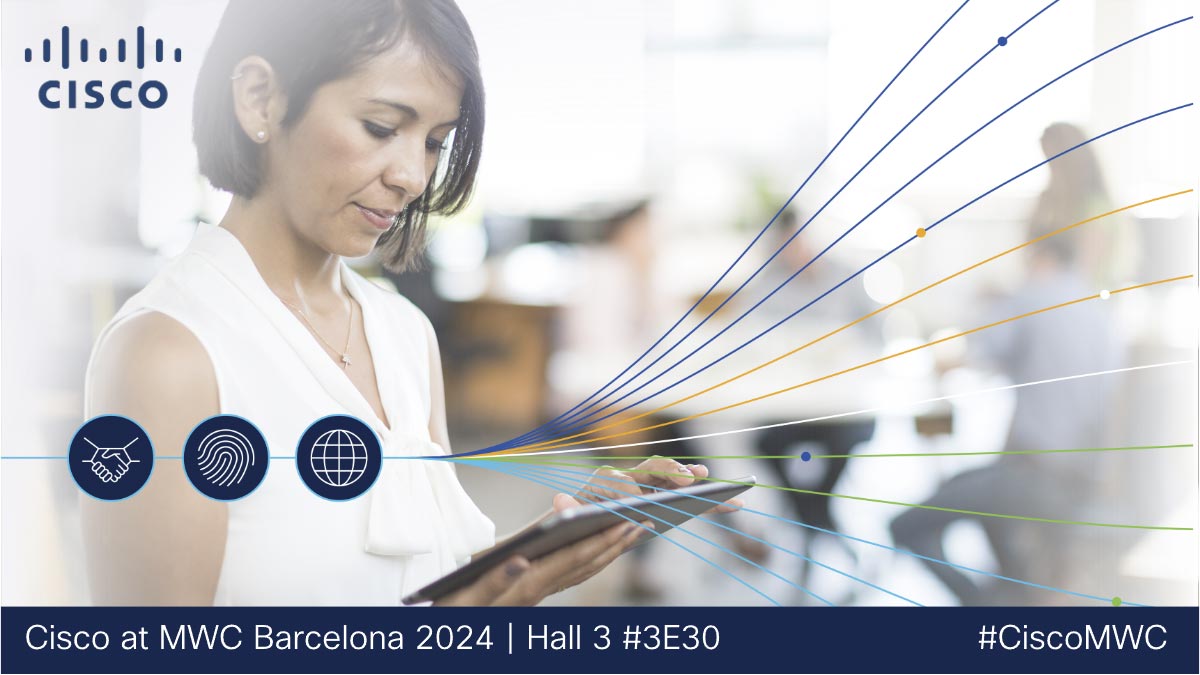News Summary:
- Cisco and Verizon partner on proof-of-concept that could rearchitect autonomous driving by virtualizing costly roadside infrastructure
- The companies’ demo proves mobile edge compute (MEC) and Verizon LTE connectivity, with Cisco’s industrial IoT networking technology, can support the low latency requirements necessary for autonomous applications with the virtualized infrastructure
- Connected-vehicle applications that could benefit from this advancement include last-mile delivery bots, robotaxis, on and off-ramp safety, and others that could leverage cellular vehicle-to-everything (C-V2X) communication to negotiate intersections with traffic signals
BASKING RIDGE, N.J. AND SAN JOSE, Calif., March 29, 2022 — Cisco and Verizon collaborated on a successful proof of concept demo in Las Vegas, showing that cellular and mobile edge compute (MEC) technology can enable autonomous driving solutions without the use of costly physical Roadside Units to extend radio signals.
The result paves a simpler and more efficient route to powering applications such as autonomous/unmanned last-mile delivery bots and robotaxis in cities like Las Vegas, where public MEC technologies exist. Additionally, cities and roadway operators could create safer roads with C-V2X applications including pedestrian protection, emergency and transit vehicle pre-emption, on and off-ramp protection (e.g., when a loaded truck needs autonomous guidance to merge or brake safely), and potentially others that involve vehicles approaching intersections with traffic signals.
Proof of Concept
Autonomous features in connected vehicles have always relied on roadside radios to extend the signals vehicles use for low-latency communication with each other and surrounding connected infrastructure. The Cisco and Verizon test proved that Verizon’s LTE network and public 5G Edge with AWS Wavelength, together with Cisco Catalyst IR1101 routers in connected infrastructure, can meet the latency thresholds required for autonomous driving applications – replacing the costly roadside radios previously required to meet those needs.
By using LTE and edge compute to virtualize the role of the Roadside Units, C-V2X communications proved to be more streamlined – likely to result in improved efficiency and cost effectiveness for municipalities, infrastructure providers, and application developers working with autonomous vehicles. (C-V2X refers to a vehicle’s ability to communicate with other vehicles and connected infrastructure surrounding it.)
The result demonstrates that connected and autonomous vehicle applications can be deployed today using LTE networks, mobile edge compute, and in-vehicle interfaces deployed by OEMs. These capabilities could lead to safer, less congested roads in current connected and autonomous vehicles, with scalability for future applications hosted at the edge and using LTE and 5G connectivity.
Connected Transportation – Powered by Cellular
Improving communication between vehicles and their surrounding infrastructure is essential for creating safer roadways and enabling the autonomous future of driving. Intersections must be securely connected and equipped with compute to allow applications at the edge to communicate and inform split-second decision making.
“This test is a huge milestone in proving that the future of connectivity for IoT applications can be powered by cellular,” said Krishna Iyer, Director of Systems Architecture, Verizon. “We’re marking the strength of mobile edge compute platforms for connected transportation innovation with much more streamlined architecture. Together with Cisco technologies, we’re setting the foundation potentially to realize a ubiquitous IoT in the connected and autonomous future of driving.”
“The future of autonomous vehicles cannot progress without reliable communication between vehicles and their surrounding environments,” said Mark Knellinger, Lead Transportation Solutions Architect, Cisco. “This is huge for roadway operators in that it relieves them of the massive expense of deploying and operating a dedicated V2X environment.”
Additional Resources:
- Blog: Cisco and Verizon team up to drive the next generation of connected vehicle interfaces and applications
- Cisco Catalyst IR1100 Rugged Series Routers
About Cisco
Cisco (NASDAQ: CSCO) is the worldwide leader in technology that powers the Internet. Cisco inspires new possibilities by reimagining your applications, securing your data, transforming your infrastructure, and empowering your teams for a global and inclusive future. Discover more on The Newsroom and follow us on Twitter.
Cisco and the Cisco logo are trademarks or registered trademarks of Cisco and/or its affiliates in the U.S. and other countries. A listing of Cisco's trademarks can be found at www.cisco.com/go/trademarks. Third-party trademarks mentioned are the property of their respective owners. The use of the word partner does not imply a partnership relationship between Cisco and any other company.
About Verizon
Verizon Communications Inc. (NYSE, Nasdaq: VZ) was formed on June 30, 2000 and is one of the world’s leading providers of technology and communications services. Headquartered in New York City and with a presence around the world, Verizon generated revenues of $133.6 billion in 2021. The company offers data, video and voice services and solutions on its award-winning networks and platforms, delivering on customers’ demand for mobility, reliable network connectivity, security and control.



